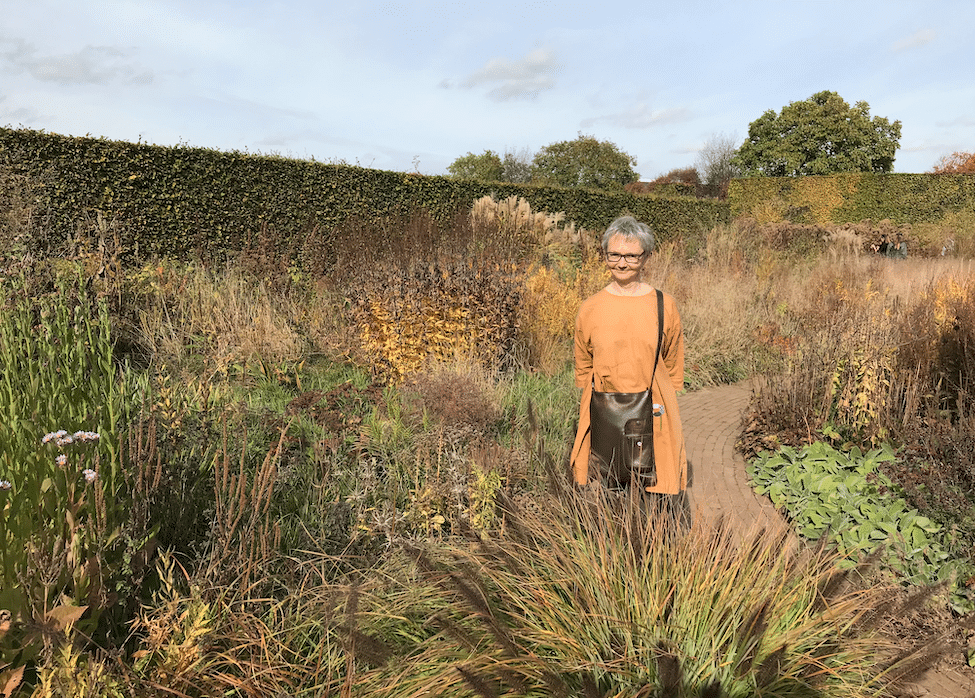Subscriber Spotlight: Leta Keens


published
Ahead of the world premiere season of Sydney Dance Company’s ab [intra], we sat down with Set and Costume Designer David Fleischer to talk about his design choices behind the new production.
The NIDA graduate has previously worked with organisations such as Opera Australia, Sydney Theatre Company, and Belvoir St Theatre.
He discusses how he bridges the classical and contemporary styling of the new piece, how music serves as his inspiration, and using costume to reflect movement language.
What are some of the ideas behind your set for ab [intra]?
The way we have approached the space is minimal and raw. We’re exposing the theatre without any masking, and having the dancers in that space at all times. The main visual identity of the piece will be a large white dance floor – an island of sorts in the epic exposed space.
One of the first ideas I threw out onto the table was, maybe the floor is white – this epic whiteness – which lends itself to a classicism, and this sense of a white lake. That idea was refined into something more focused and far more dramatic by limiting the amount of white to a rectangular island. We’re really trying to find a classical minimalism to the piece as a whole.
We are taking advantage of the industrial quality of the space which has an inherent rawness to it, as well as providing a clean pure focus which is the white dance floor. So we’re really playing with two extremes of ideas, just like how I think Rafael Bonachela is approaching the work as a whole – finding an arc between two distinct worlds.
What were some of your inspirations for the costume design of ab [intra]?
Again, I’m spanning that spectrum of what we’re calling classical minimalism and contemporary clothing. Because the piece is over an hour and it goes through these varied musical movements there is a journey with the costumes, so not everyone will be in the same look at the same time. We’re talking about a collage of looks at the beginning which then refines into everyone wearing the same thing towards the end, which speaks to the somewhat kaleidoscopic quality of the work Rafael Bonachela has choreographed.
In terms of what the clothes are, I’ve responded to the classicism of the music. It spans classical ballet wear (tights, bare chests and leotards), into contemporary clothing (trousers, skirts, bras and t-shirts). It’s been about showing the dancers’ bodies and muscles and really getting out of the way of seeing what they’re doing without adding a layer of abstraction. It will be really refined in colour palette – a series of cool tones: pale lavender, pale green and flesh tones but also deep steel blue and hints of solid black. The dark blue and black look fabulous on a white set. We are trying to blend both the fluid purity as well as the graphic quality in all fronts of the visuals.
Each costume has been made specifically unique to the dancer. How did you make distinct choices for different dancers as to what their costumes were going to be?
Particular dancers have particular languages with their bodies, so I have tried to best express with them that language. Also the complexity of the work is that not all dancers will remain doing the parts that they particularly may have developed. So it is about finding that balance.
Also to speak more generally about that question, the piece of clothing they will all be wearing at the end is a pair of trousers. In the second half of the movement when they’re all in unison, having a really strong uniformed shape is appropriate, where in earlier sections, that wouldn’t necessarily be fitting.
This is your third time working with Sydney Dance Company. What has the process been like with Rafael Bonachela?
The first time [working with Bonachela] was eight years ago, on a New Breed work. The last time was last year [inOrb], with the same team as well, but that was with eight dancers and this is with the whole company. This process is quite different because we are relying quite heavily on the music.
Were there any challenges from last year’s work you’ve now learned from and applied to your process for ab [intra]?
In terms of costume, I know eight of the dancers now really well – how they work and move. I’ve been able to extend that knowledge from those eight to the whole company.